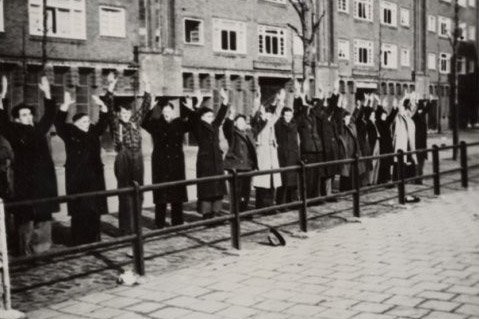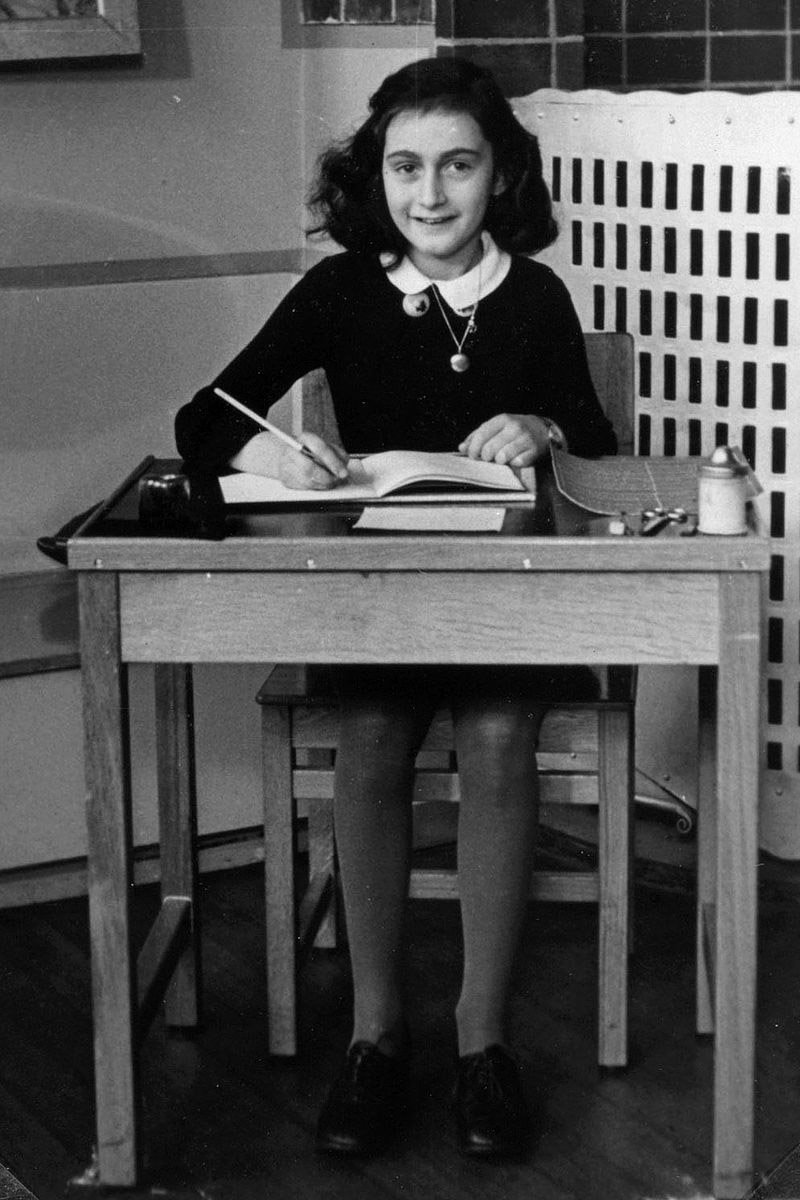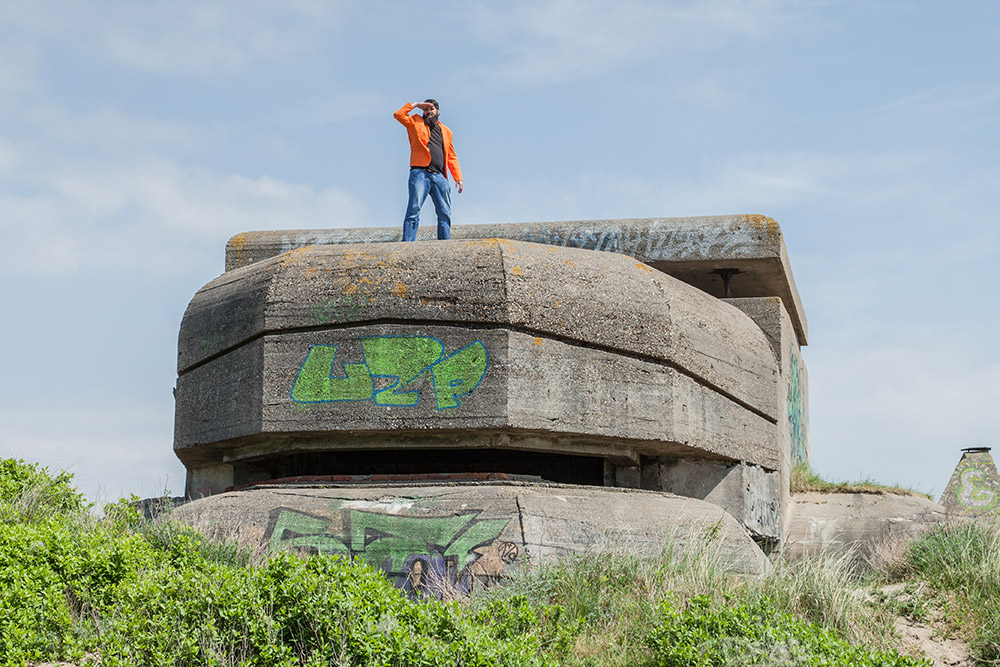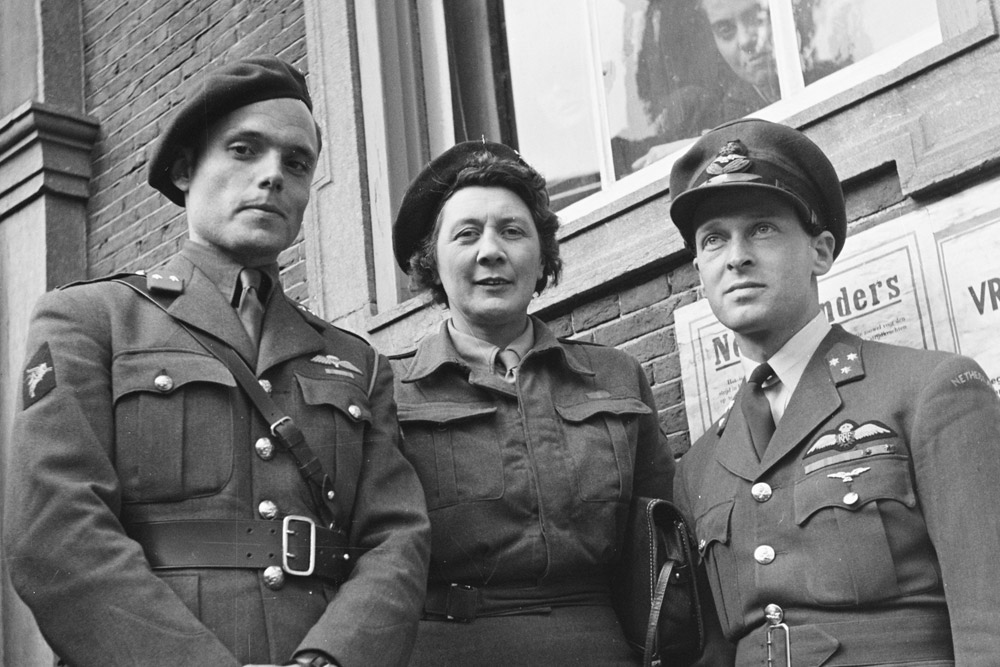Holland during World War 2
When talking about Holland during World War 2, the elderly Dutch people are often quite closed. The few times that they share their stories, you realise just how terrifying these times must have been.
 Nazi Razzia in Amsterdam 22-23 feb 1941 (source: Wikimedia Commons)
Nazi Razzia in Amsterdam 22-23 feb 1941 (source: Wikimedia Commons)As I am writing this I am thinking about my own family. My grandmother, a Jewish girl living in Amsterdam saw her brothers and sisters being dragged off during a Nazi raid.
She was at the market with her brother and mother, and when they returned they could not enter the streets. The bridges where raised so no-one could escape. Besides herself, her mother and brother, none survived.
My story is not unique. There are thousands of people in the Netherlands and millions of people throughout the world that have parents or grandparents that lived or fought in the second world war.
The aftermath of the second world war can still be seen at many of the memorial sites and museums. There are also people that collect the stories, check the facts and can take you on historic tours throughout the country.
Anne Frank
 Anne Frank at School 1940 (source: Wikimedia Commons)
Anne Frank at School 1940 (source: Wikimedia Commons)With more than a million yearly visitors, the Anne Frank house in Amsterdam is the most visited World War II site in the Netherlands. Her story is famous because it is very detailed, emotional and personal.
The Anne Frank house is a must visit for anyone that has an interest in history and WWII. Keep in mind that waiting in the queues can take more than hour.
Anne was arrested on the 4th of August 1944 and taken to the work camp Westerbork. Here, the prisoners had to dismantle batteries and place the parts in different barrels. It was an unhealthy and dirty job.
Camp Westerbork is open for visitors daily. You can get there by public transport in about 2 hours from Amsterdam. There is a memorial center with exhibitions and you can also walk on the camp grounds. See www.kampwesterbork.nl for more information.
The Atlantic Wall – Coastal defense line
The Antlantic wall (Antlantikwall in German) was a huge defense line that started in Norway and end ended in Spain. At tactical points along this wall, the Nazi's placed bunkers, minefields and cannons.
In the Netherlands the two most notable Atlantic wall locations are IJmuiden and Hoek van Holland.
Within an hour from Amsterdam by public transport you can get to IJmuiden and visit the bunker museum. When you visit the museum, you can enter the bunkers which are connected by war trenches.
The museum also owns a 'Seehund', midget submarine. Only two of these are on display in the Netherlands. A good combination is going to the bunker museum and visiting the beach. For more information check www.bunkermuseum. You can also visit some bunkers when the museum is closed.
The Atlantic wall museum at Hoek van Holland is also worth a visit. It takes about an hour and a half to get there with public transport from Amsterdam.
At the northpier of Hoek van Holland is a huge German bunker. This bunker has been transformed into the visitors center of the Atlantic wall museum. More information www.atlantikwall-museum.nl.
Soldier of Orange
The famous movie with Rutger Hauer is a fact based story about the life of Erik Hazelhoff Roelfzema. Erik Hazelfhoff Roelfzema was a student in Leiden. When the Nazi's where in charge of the Netherlands they arrested one of the Professors at the University of Leiden.
Hazelhoff Roelfzema wrote a manifesto called the “Leidse Manifest” where he set conditions to the Nazi's. Shortly after that he was arrested and imprisoned at the prison in Scheveningen, also mockingly called 'Oranje Hotel' (Hotel of Orange).
After he was released from prison, he went into hiding in Amsterdam and finished his study. Then, without permission from the Nazi's, he boarded a Swiss cargoship and went to Great Britain.
From Britain, he helped the Dutch resistance with dangerous missions. He delivered broadcasting equipment to the Dutch coast. And picked up important Dutch refugees, bringing them to British ships with a rowing boat.
He became an Adjudant of Queen Wilhelmina, he joined the Royal Airforce and flew 72 missions over Nazi Germany.
After the war he wrote the book 'Soldier of Orange' and in 1977 this book was made into a movie by Paul Verhoeven. Erik Hazelhoff Roelfzema passed away in 2006 at the age of ninety. He is seen as one of the major Dutch heroes of the second world war.
There are many sites that can be visited if you are interested in the life of our Soldier of Orange. Such as the University and his house in Leiden. There is the Soldier of Orange beach and the 'Hotel of Orange' prison in Scheveningen, and the monument for his remains in Wassenaar.
Return from Holland during World War 2 to History of the Netherlands
Return to Around Amsterdam

